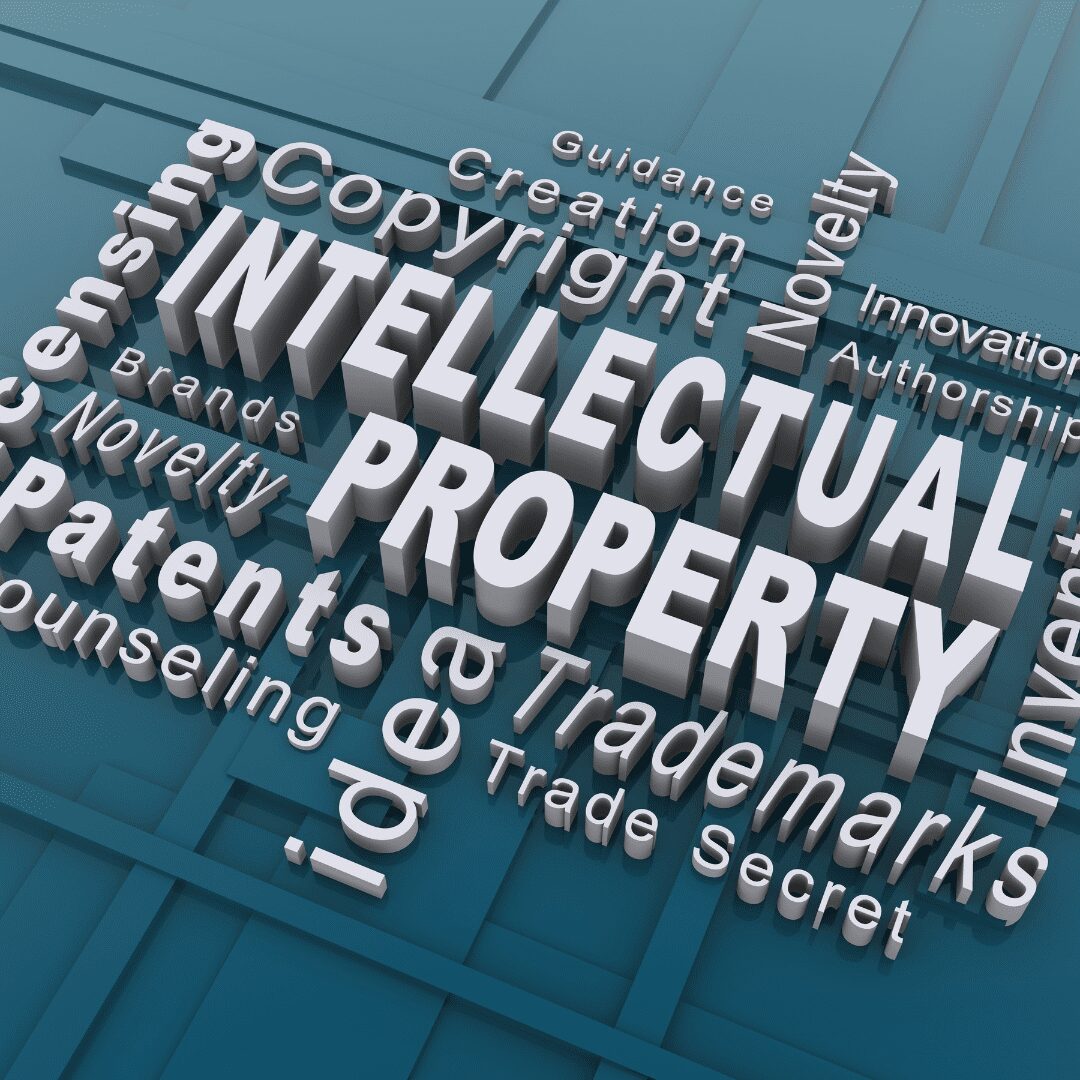
Intellectual Property Brings Middle-Earth to the Real World
Taxpayers Protection Alliance
October 24, 2022
Intellectual property (IP) rights constantly shape the world, defining the contours of everything from pharmaceutical development to book adaptations. As fans of the Amazon show The Rings of Power are starting to understand, trying to figure out which rights are owned by which company is a trying exercise that makes it very difficult to guess how the show’s plot will develop. Rights to J.R.R. Tolkien’s storied works have been repeatedly sliced and diced, and Amazon is understandably cautious about stepping on any toes.
While it’s easy to blame strong IP protections on any show choppiness or deviations from lore, the complicated copyright scheme has ultimately made the show better and more interesting. The latest Tolkien adaptation has plenty to teach about how finely tuned legal rules can create beauty and wonder.
The Rings of Power’s budget and ambition may be gargantuan, but showrunners are strictly limited to depicting one chronological period (or “age”) of Tolkien’s legendarium. In an interview with Vanity Fair, showrunner Patrick McKay elaborated, “[w]e have the [television] rights solely to The Fellowship of the Ring, The Two Towers, The Return of the King, the appendices, and The Hobbit… We do not have the rights to The Silmarillion, Unfinished Tales, The History of Middle-earth, or any of those other books.” For non-Tolkien nerds, this means that pretty much all the lore from the dawn or “First Age” of Middle-Earth — 7,000 years before the original Lord of the Rings (LOTR) Trilogy — is off-limits. According to Tolkien scholar and former show consultant Tom Shippey, depicting the “Third Age” (when the LOTR trilogy takes place) is also “off-limits.”
That leaves the show sequestered in the “Second Age,” which Tolkien wrote relatively little about. The Tolkien Estate insisted on these chronological guardrails but has allowed the show’s writers to slip in allusions to pivotal characters and events from the First and Third Ages so long as the references don’t butcher established lore. This leads to the show slipping in brief and stylized references to early Middle-Earth history without hitting audiences over the head with the distant past. Instead of seeing the details of large, ancient battles in the prologue, viewers are left with the haunting image of battle-scarred bodies floating in a great sea. The audience is never shown Morgoth, the big baddie of the First Age. In place of a literal depiction, audiences see the unnerving image of black sand invading beautiful patterns of golden sand (with a haunting musical score) in the opening credits. These artistic choices likely reflect prolonged negotiations between Amazon and the Tolkien Estate, resulting in a finely forged balance of vivid imagery and fealty to source material.
The showrunners also must be careful in depicting content from the LOTR and Hobbit movies. The film-related rights now belong to a Swedish video game and media company called the Embracer Group as the result of a recent acquisition spree by the company. Embracer has made clear it has “financial interests” in The Rings of Power, and these interests could grow significantly if Amazon wants to use lines and likenesses from the films. Amazon has been walking a tightrope, taking pains to evoke characters and illustrations from the movies without copying them. Amazon’s chosen actors for main characters Elrond and Galadriel resemble their (older) film counterparts in striking ways but are not carbon copies in look nor style. A certain beloved character utters a familiar quote originating from the films, but the quote is a general saying and sparingly used.
Now that the first season has ended, fans should appreciate the IP intricacies that prevented showrunners from dumbing down content and ramming in references to the beloved films. The result is a fun, albeit uneven Tolkien tribute that stands on its own. Fans may have to wait two years to see if season two takes the series in even more interesting directions. But for now, audiences should be grateful for a show boosted by the bounds of intellectual property.
